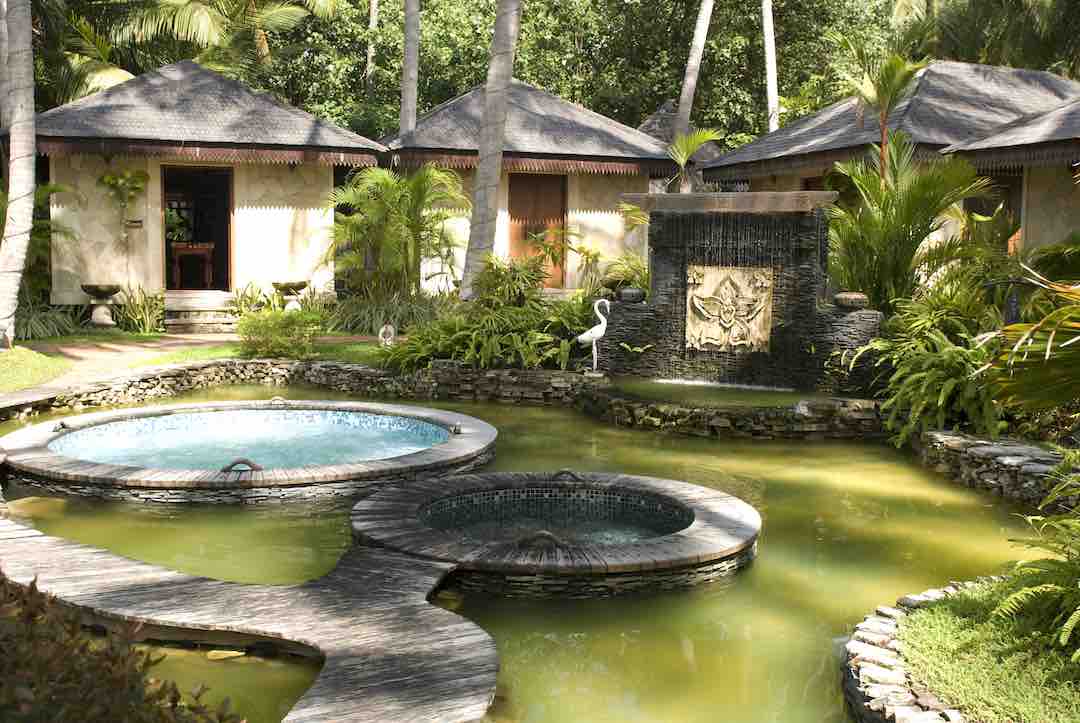I love retreats. If I’m completely honest, I’d say I look forward to retreats as much as — or more — than holidays, vacations, season tickets or snagging a TSA pre-check to zip through airport security. Well, the last one may be a toss-up.
Have you ever thought about organizing your own retreat? Does the mere thought of dealing with such overwhelming details turn you off from even considering it? For those brave souls of you who refuse to be intimidated, here are 3 retreat planning tips you surely will wish to address before considering such an adventure!
Why Do A Retreat?
I choose retreats that provide the structure for me to step outside the predictable, mad, hectic, frenzied, or uninspired aspects of my life. In attending retreats, I seek refuge ~ to recharge, to re-invent, re-calibrate, to release…to gain clarity about the direction I choose for my life. Or simply to let down my guard for a finite amount of time and treat myself unapologetically to a great time ~ a celebration, doing what I love.
I’ve felt the excitement and anticipation on each side of the retreat registration form ~ as eager participant and as organizer/host. Do I prefer one role over the other? Apples and oranges. My experience suggests, however, that successful retreats have features in common, regardless of whether it’s a 10-day meditation retreat in the wilderness or a business retreat held at a posh resort.
If you are considering organizing and running a retreat or making plans for your next battery recharge, here are some fundamental retreat planning tips to consider that will help ensure your experience meets your expectations.
1. The Bottom Line — Take Good Care
Whether chanting in a desert or listening to a motivational speaker in the spa conference room, the number one characteristic all good retreats share is that participants feel cared for, that their needs are and will be met, that — for the duration of the retreat — their only concern is to be present for the event and the benefits that await them.
As retreat planner, keep in mind you will be holding space for the duration of the event. The rewards are great; however, if you’re not up for tending to the needs of others, running a retreat might not be for you.
The details of how being cared for varies with participants, however, there are basics. Much of this boils down to trust. Will I be safe? Will my needs be met? Meals? Safe and comfortable sleeping? Does the retreat live up to its hype?
Bear in mind the following metric for a good retreat. How did you feel before the retreat compared with during and after? Hint: you should feel noticeably different. Inspired? Relaxed? Rejuvenated? Clear about next steps? Yes.
Consider these items as essential for helping the participant feel well cared for:
- Needs are met or exceeded
- Participants feel safe
- Abundant food and water
- Shelter that supports all aspects of the retreat’s stated purpose
- Comfortable and secure sleeping quarters
- Confidence that emergencies will be dealt with
- Knowing that they are in good hands
- The retreat delivers on its stated purpose
- Participants leave feeling more (relaxed, inspired, clear, centered, fulfilled…) than when they arrived
The success of your retreat will hinge on how the participants feel they were treated — which often translates to whether they feel they “got their money’s worth”, which leads to testimonials, fans, word of mouth, and the potential to realize more retreats ahead.
Before we get to the details, let’s do some broad-stroke pre-retreat thinking to help inform your journey. It’s this vision that will keep you going when the niggling details feel overwhelming.
2. First Things First — The Vision
If your main motivation for running a retreat is to make loads of money, think again. To be sure, once you establish your retreat and iron out the wrinkles, and when you price your retreat thoughtfully, you will generate income. If you have a social media presence and a large following this may be easy enough to accomplish.
If, however, you are building a retreat on an idea–without a reputation, name recognition, or a substantial email list–think it all the way through and ask yourself a few questions.
- What is the inspiration for your retreat?
- Why do you want to lead a retreat?
- What is your purpose for holding a retreat?
- What type of retreat is it?
- Who is your audience or potential customer base?
- What will participants come away with?
- What sets yours apart from similar retreats?
- How will you fund your retreat?
And a crucial question that often goes unasked and one that is really difficult to answer: Are you willing to put in the hours, focus, attention to detail, the juggling of myriad parts ~ investing the blood, sweat and tears ~ required for a retreat to succeed?
Your vision is the fuel, the inspiration, the dream to keep you going — your honest answers to the questions above will ensure you get there.
3. Meet the Devil in the Retreat Details
So much behind the scenes goes into preparing a retreat. Are you a detail-oriented person? Great. Ideas for retreats are a dime a dozen. It’s the devil in the details that will make or break you.
From site details to marketing to maintaining open lines of communication with vendors, presenters, and participants, the punch list is long, feels endless and demands your focused attention from inception to end. If you ~ as the retreat visionary ~ are not interested in details, you’d be well advised to surround yourself with those that are. Missing a few details can make or break your participants’ experience and the success of your retreat.
The first time out of the gate will be a learning experience. While every retreat is different, there are similar components you need to plan for. I would encourage beginning a spreadsheet on which you keep data in three main categories:
1. Location — where and when is the retreat
2. Program — map it out
3. Budget — informed by the other categories
Staying true to your vision, what is required for:
1. Location
- Where will it be held and how will people get there?
- How much will the facilities cost?
- What is the draw of the place related to the retreat’s purpose?
- Is the location affected by weather or seasonal concerns — peak travel among them?
- Have you been there or know anyone local who can help you from afar?
- Will you provide transportation to and from the retreat?
- Are there currency issues to consider?
- Where is the nearest medical facility?
- How many people will the site accommodate?
- Is there a kitchen? Will you need to supply the cooks/food?
- How will you accommodate dietary needs of participants?
- Is there flexibility with meal times?
- Sleeping arrangements — do participants need to bring sleeping bags, pads, mosquito nets?
2. The Program — where the vision kicks in
- Why are you having this retreat?
- Who is running the retreat?
- Who is your support staff?
- How many staff do you need?
- Who is presenting at the retreat?
- What does a typical day look like?
- What is your itinerary?
- How long will it take you to achieve the purpose of the retreat?
- How will you know you’ve accomplished your goal?
3. The Budget — a working, living document that you will change as you learn
- Site — potentially the largest expense
- Marketing
- Operating
- Presenters
- Supplies
- Meals
- Staff or support personnel
- Transportation
- Utilities — make sure not added on top of site costs
- Contingency
- Taxes
- Profit
Need More Information on Retreat Planning?
You’ve discovered your vision, done your homework, believe you have the support you need. What’s next? I would recommend scouring the internet for retreat centers, support for retreat planning, and sites for international retreats. Even a casual search pulls up dozens. Note the look and feel of different retreats. What works for you?
Then, jump in. You can always look forward to booking a 10-day spa retreat for R and R afterwards!
Craig is cofounder of Memoir Tours, a 10-day memoir writing retreat in County Mayo, Ireland. When not in Ireland, he lives in Mill Creek, WA and works behind the page as a ghostwriter, content creator, and copy editor. Music, mandolin and guitar, artisan bread and walks along the creek with his granddaughter rank high on his favorite things list. www.memoirtours.com You can reach Craig via: craig@memoirtours.com









